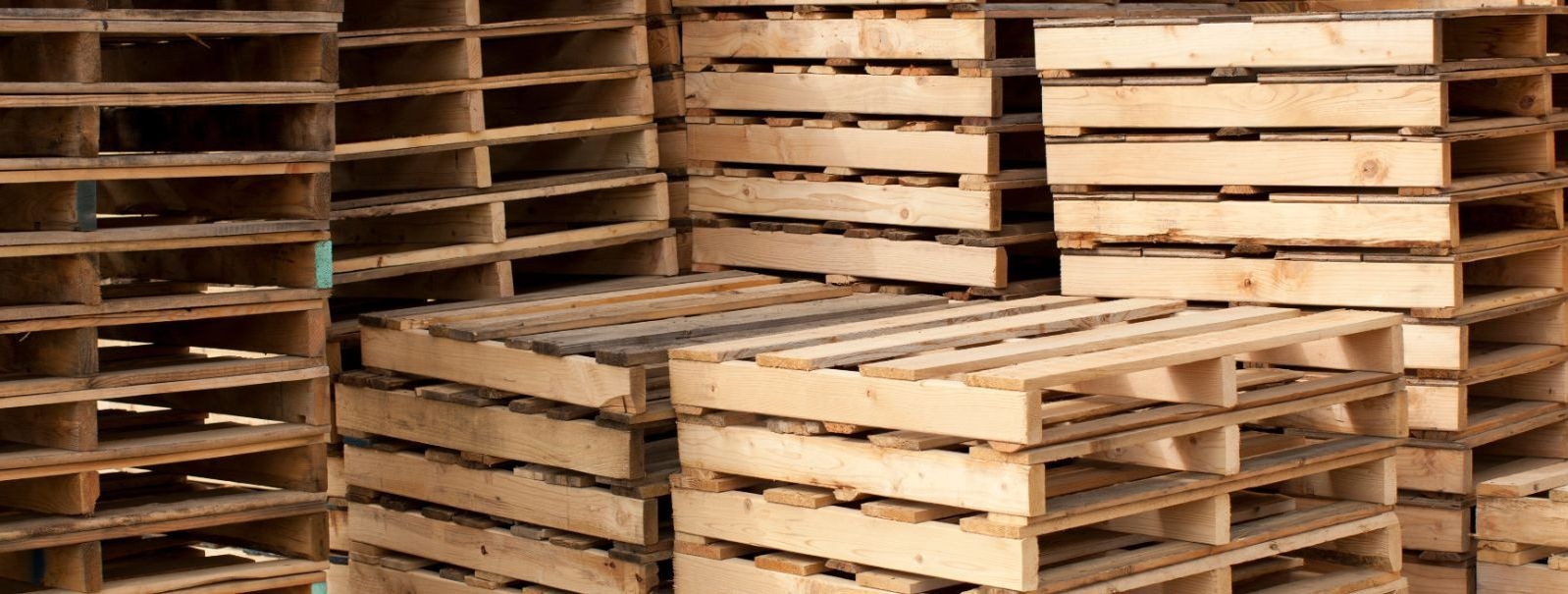Eurobases: the unsung heroes of structural integrity
Eurobases, often overlooked in the grand scheme of construction, are foundational elements that play a critical role in the structural integrity of buildings and infrastructure. These engineered solutions serve as the intermediary between the superstructure and the ground, distributing loads evenly and ensuring stability.
The concept of a solid base for structures is not new, dating back to ancient civilizations. However, the modern Eurobase has evolved through technological advancements, becoming an essential component in contemporary construction practices.
The Role of Eurobases in Construction
Eurobases are designed to bear the weight of the structure above, transferring loads to the ground in a controlled manner. This load distribution is vital for the safety and integrity of the structure, particularly in areas with challenging soil conditions.
By dispersing loads over a wider area, Eurobases prevent excessive soil settlement, which can lead to structural damage or failure. This is especially important in the construction of high-rise buildings and heavy infrastructure.
The use of high-quality materials and proper design ensures that Eurobases contribute to the overall durability and longevity of a structure, reducing the need for costly repairs and maintenance over time.
Materials and Design of Eurobases
Choosing the right materials for Eurobases is crucial for sustainability. Materials are selected based on their environmental impact, durability, and ability to withstand the loads imposed by the structure.
Modern Eurobases incorporate innovative design features that improve performance and adaptability. These may include special geometries, reinforcements, and modular components that cater to specific site conditions and structural requirements.
Installation and Maintenance of Eurobases
The installation of Eurobases is a meticulous process that requires precision and expertise. It involves site preparation, placement of the base units, and ensuring proper alignment and level.
While Eurobases are generally low-maintenance, regular inspections and minor adjustments may be necessary to ensure their continued performance, particularly in dynamic soil environments.
Environmental Impact and Sustainability
Eurobases can be constructed using eco-friendly materials that reduce the carbon footprint of a project. The use of recycled materials and local sourcing are practices that contribute to this end.
By enhancing the longevity and reducing the maintenance needs of structures, Eurobases contribute significantly to sustainable construction practices, aligning with the goals of environmentally conscious builders and developers.
Advancements and Future Trends
The field of Eurobases is constantly evolving, with new technologies and materials being developed to improve their performance. Innovations such as smart sensors and self-healing materials are on the horizon.
The future of Eurobases looks promising, with ongoing research and development poised to enhance their capabilities and applications in sustainable construction.






Comments (0)